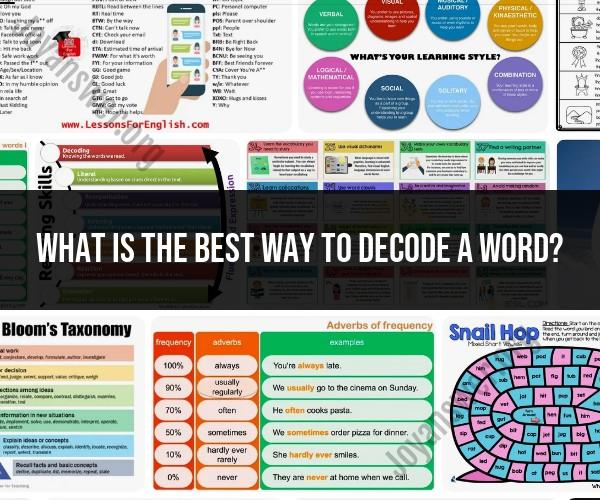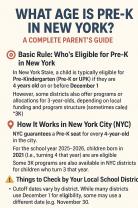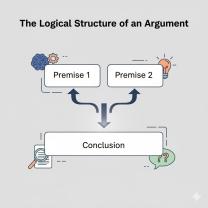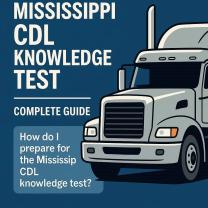What is the best way to decode a word?
Decoding words is a fundamental skill in reading, especially for emerging readers. Effective word recognition is essential for comprehension and fluency. Here are some strategies to help you or someone else decode words effectively:
Phonics: Phonics is the process of associating sounds with letters or letter combinations. It's a critical component of word recognition. Begin by learning the sounds of individual letters and letter combinations (phonemes) and then blend them to form words.
Sound It Out: When you encounter an unfamiliar word, break it down into its individual sounds and blend them together. Start with the first sound and work your way through the word. This is particularly helpful for phonetically regular words.
Use Context Clues: The context of a sentence or paragraph can provide clues about the meaning of an unfamiliar word. Look at the words and sentences around the unfamiliar word to gain insight into its meaning.
Chunking: Divide longer words into smaller, more manageable parts or chunks. This can make it easier to decode complex words. For example, divide "unbelievable" into "un," "be," and "lievable."
Sight Words: Some words are not easily decodable because they don't follow typical phonics rules. These are often called "sight words." It's important to memorize these words as a whole to recognize them instantly.
Prefixes and Suffixes: Understanding common prefixes and suffixes can help you decode longer words. For example, knowing that "un-" often means "not" and "–able" means "capable of" can help you understand the word "unbelievable."
Use a Dictionary: If you're unsure about a word's pronunciation or meaning, consult a dictionary. This can provide phonetic guidance and definitions.
Visual Clues: Pay attention to visual clues, such as capitalization or bold fonts. These can give you hints about the importance or meaning of a word.
Use a Finger or Pointer: When reading, use your finger or a pointer to guide your eye along the text. This can help maintain focus and reduce the chances of skipping or misreading words.
Practice: Reading is a skill that improves with practice. The more you read, the more familiar you become with various words and their patterns.
Context Clues for Part of Speech: Consider the part of speech the word might be (noun, verb, adjective, etc.). This can help you anticipate the word's function in the sentence.
Don't Guess: If you're unsure about a word, don't just guess. Instead, use the strategies mentioned above to decode it or seek assistance from a teacher or mentor.
Effective word recognition is a critical foundation for reading comprehension. Different words may require different strategies, so it's essential to be flexible in your approach and employ the appropriate strategy based on the word's characteristics. Practice and exposure to a wide range of texts will also improve your word recognition skills over time.
1. Calculating Theoretical Probability in Coin Tossing
The theoretical probability of an event is the likelihood of that event occurring, based on the number of possible outcomes and the number of favorable outcomes. In the case of a coin toss, there are two possible outcomes: heads or tails. Since each outcome is equally likely, the theoretical probability of getting heads or tails is 1/2 or 50%.
2. How Theoretical Probability Relates to Coin Toss Experiments
The theoretical probability of an event is a fixed value. However, the experimental probability of an event, which is the likelihood of that event occurring based on the results of a series of trials, can vary. For example, if you toss a coin 10 times, you may get heads 6 times and tails 4 times. The experimental probability of getting heads in this case is 6/10 or 60%.
As the number of trials increases, the experimental probability of an event will tend to converge on the theoretical probability of that event. For example, if you toss a coin 1,000 times, you are likely to get heads very close to 50% of the time.
3. Probability Formulas for Simple Coin Toss Scenarios
There are a number of probability formulas that can be used to calculate the probability of events in coin toss experiments. Some of the most common formulas include:
- Probability of a single event: P(event) = number of favorable outcomes / total number of outcomes
- Probability of multiple events: P(event A and event B) = P(event A) * P(event B)
- Probability of the complement of an event: P(not event A) = 1 - P(event A)
For example, the probability of getting heads and then tails in two coin tosses is:
P(heads) * P(tails) = 1/2 * 1/2 = 1/4
4. Real-World Applications of Theoretical Probability
Theoretical probability is used in a wide variety of real-world applications. Some examples include:
- Gambling: Casinos use theoretical probability to calculate the odds of winning and losing on various games.
- Insurance: Insurance companies use theoretical probability to calculate premiums.
- Quality control: Manufacturers use theoretical probability to calculate the likelihood of defects in their products.
- Genetics: Geneticists use theoretical probability to calculate the likelihood of inheriting certain traits.
- Forecasting: Meteorologists use theoretical probability to forecast the weather.
5. Limitations and Assumptions in Theoretical Probability Models
Theoretical probability models are based on a number of assumptions. These assumptions may not always be met in the real world. For example, theoretical probability models often assume that all outcomes are equally likely. However, in the real world, this is not always the case. For example, a coin that is not perfectly balanced may be more likely to land on one side than the other.
As a result, theoretical probability models can sometimes provide inaccurate results. However, they can still be a useful tool for making predictions about the likelihood of events.













